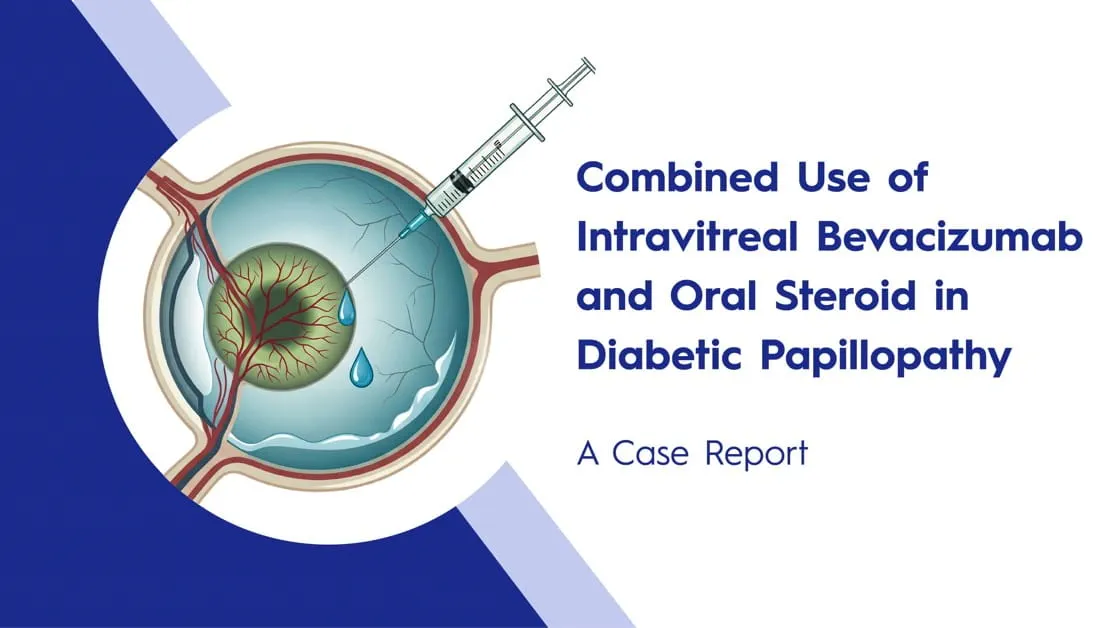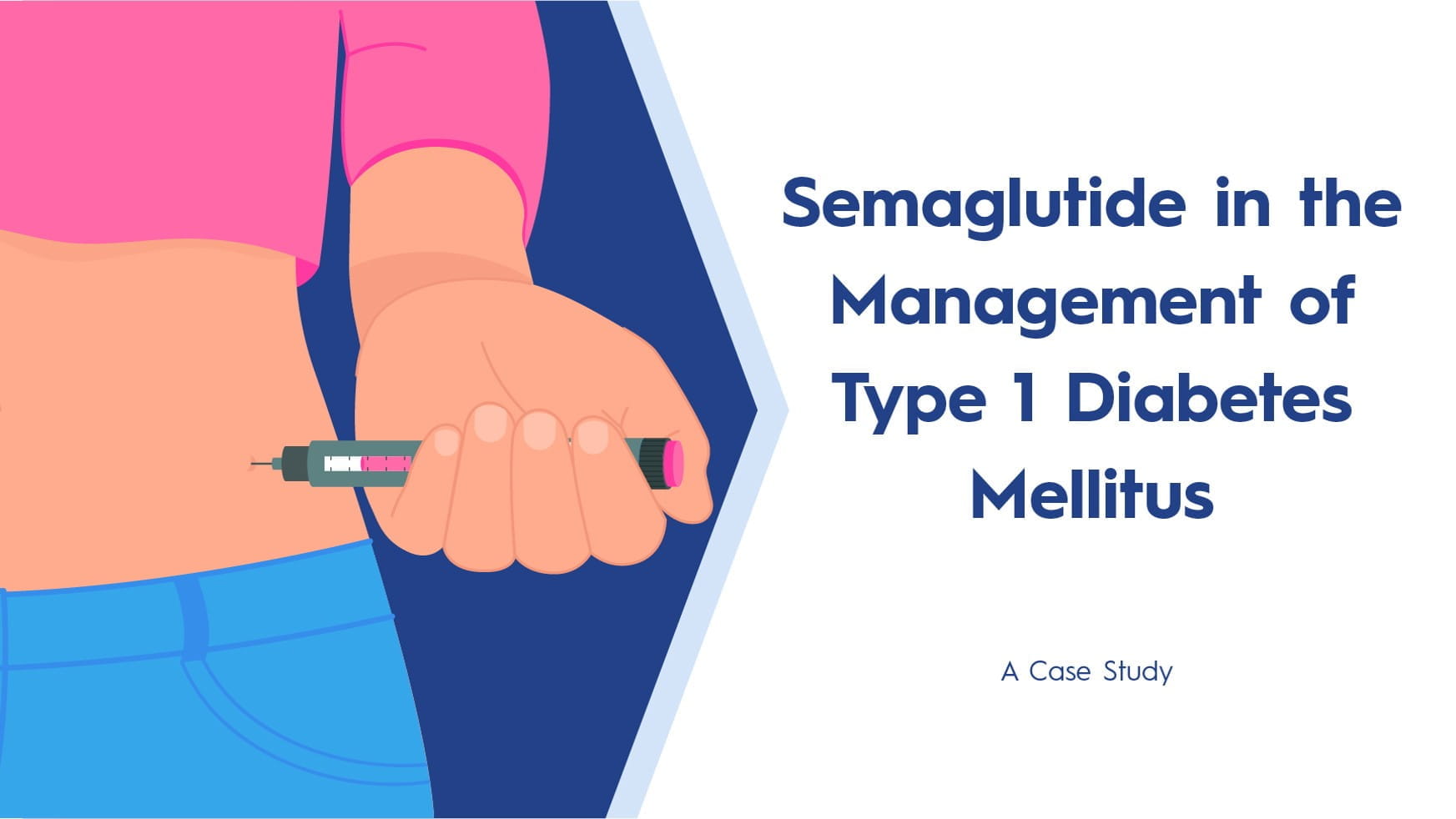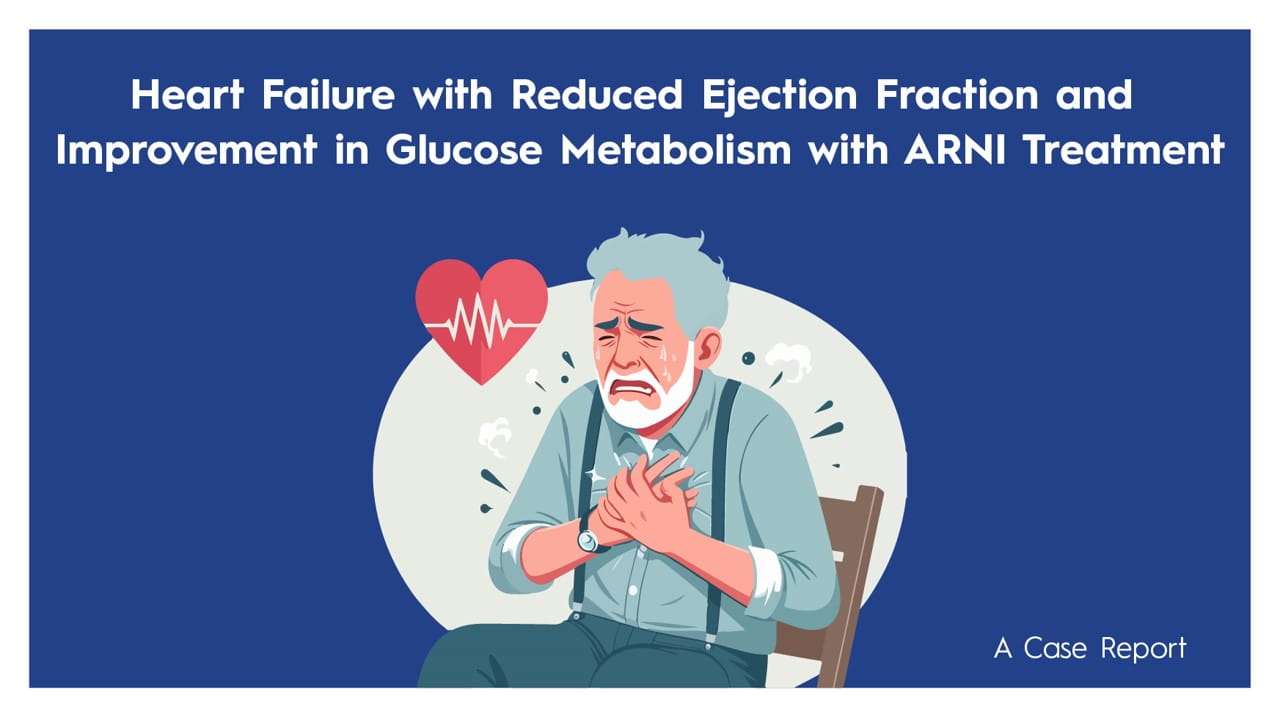Conference Highlights
ADA 2025: 2033-LB - Real-World, Patient-Reported Outcomes among Individuals with Type 2 Diabetes Using Continuous Glucose Monitoring following Hospital Discharge
Introduction:
Continuous glucose monitoring (CGM) improves HbA1c, glycemic control, and diabetes distress but remains underutilized in type 2 diabetes (T2D). This study assessed patient-reported outcomes with real-time CGM use post-hospital discharge in T2D patients.
Methods:
- Design: 12-week prospective cohort study
- Participants: 65 recently hospitalized T2D patients
- Age ≥18 years
- A1c >8.0%
- Basal insulin >10 units/day
- Exclusions: Type 1 diabetes, pregnancy, incarceration, expected discharge to skilled nursing facility
- Outcomes assessed:
- Diabetes Distress Scale (DDS)
- Perceived Benefits of CGM (BenCGM)
- Perceived Burdens of CGM (BurCGM)
- Analysis: Results stratified by consistent (data at all 4 follow-up visits) vs inconsistent CGM use
Results:
Demographics:
- Mean age: 53 ± 10 years
- 55% male
Glycemic outcomes:
- Median A1c reduced from 11.3 (IQR 10.0–13.1) at baseline to 8.1 (IQR 6.8–9.3) at 12 weeks with 75% participants with consistent CGM use.
*IQR – Interquartile range
Diabetes distress (DDS):
- Median total DDS decreased from 2.65(IQR 1.82, 3.71) to 1.76 (IQR 1.10, 2.50) (p<0.001)
- All DDS subscores (emotional burden, physician-related distress, regimen distress, interpersonal distress) improved significantly (p<0.01)
- Greater reduction in DDS among consistent users (−0.65) vs inconsistent (−0.15), p=0.05
CGM perceptions:
- BenCGM score: high (mean 4.1 [IQR 4.0–4.6])
- BurCGM score: low (2.1 [IQR 1.5–2.1])
- No differences in BenCGM or BurCGM scores by CGM consistency
Conclusion:
Initiating CGM in recently hospitalized T2D patients improved A1c and diabetes distress, with distress reduction maybe being depended on consistent usage of CGM. The perceived benefits and burdens of CGM use were favorable.
ADA 2025, 20-23 June, Chicago
Latest News
6 Oct, 25
Other Conference Highlights
26 Sep - 30 Sep, 25
AAP 2025
Denver, USA
26 Sep - 30 Sep, 25
AAP 2025
Denver, USA
26 Sep - 30 Sep, 25
AAP 2025
Denver, USA
26 Sep - 30 Sep, 25
AAP 2025
Denver, USA




